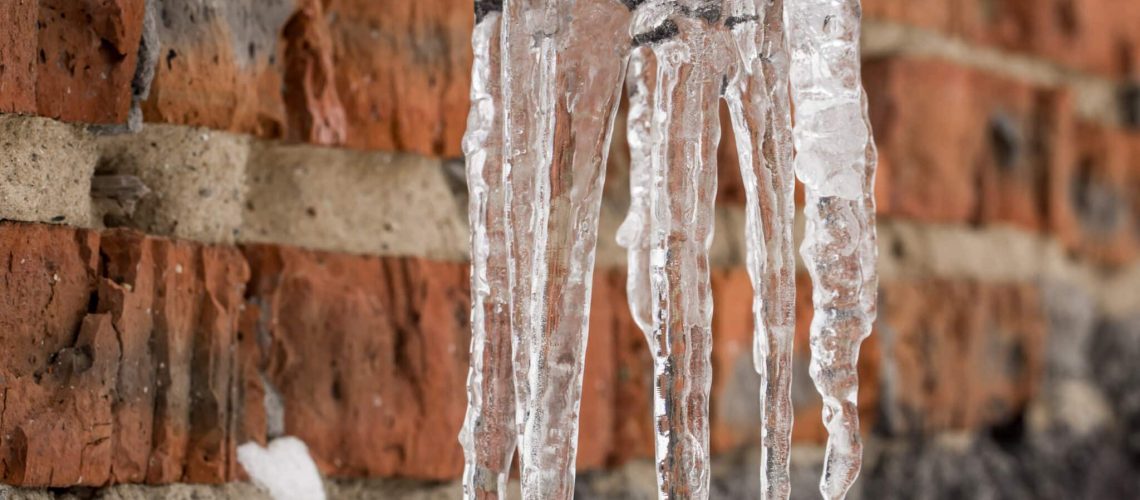Sump pumps play a vital role in safeguarding homes against water damage caused by heavy rain, snowmelt, and rising groundwater. These devices efficiently collect excess water and divert it away from the foundation, preventing basement flooding. However, during winter, sump pump discharge lines are susceptible to freezing, which can disrupt water flow and lead to system failure.
When discharge lines freeze, water backs up into the sump pit, increasing the risk of basement flooding and damaging the pump and pipes. To avoid costly repairs and potential flooding, homeowners must take proactive steps to prevent freezing.
In this comprehensive guide, we’ll explore the importance of preventing frozen sump pump discharge lines and offer practical tips to ensure smooth operation throughout winter. By following these guidelines, homeowners can safeguard their basements and avoid the inconvenience and expense associated with frozen discharge lines.
Understanding The Risk:
Frozen sump pump discharge lines present several risks to your home and sump pump system. When the discharge line freezes, water from the sump pump cannot drain properly, leading to backup and potential flooding. Additionally, the pressure buildup from the frozen water can damage the pump and pipes, resulting in costly repairs. It’s crucial to take preventive measures to avoid these issues.
Proper Insulation:
Properly insulating your sump pump discharge line is one of the most effective ways to prevent freezing. Insulation sleeves or wraps designed for sump pump discharge lines can help retain heat and prevent freezing. Ensure that the entire length of the discharge line, including any exposed sections outside your home, is properly insulated.
Maintaining Proper Slope:
Another important factor in preventing frozen sump pump discharge lines is ensuring that the discharge line slopes away from your house. This allows water to drain properly and reduces the risk of freezing. Regularly check the slope of the discharge line and adjust if necessary to ensure optimal drainage.
Installing A Freeze Guard:
A freeze guard is a device that attaches to the sump pump discharge line and prevents freezing by allowing water to escape if the line becomes blocked. Installing a freeze guard can provide an extra layer of protection against frozen discharge lines, especially during extreme cold spells.
Using Heat Tape:
Heat tape is another effective solution for preventing frozen sump pump discharge lines. It can be wrapped around the discharge line and plugged into an electrical outlet to provide heat and prevent freezing. Make sure to follow the manufacturer’s instructions for proper installation and usage of heat tape.
Keeping The Discharge Point Clear:
To prevent blockages and ensure proper drainage, it’s essential to keep the area around the sump pump discharge point clear of snow, ice, and debris. Regularly check the discharge point and clear any obstructions that may prevent water from draining properly.
Monitoring Weather Conditions:
Staying informed about weather conditions, especially during cold spells, is crucial for preventing frozen sump pump discharge lines. Run your sump pump more frequently if temperatures are expected to drop below freezing to prevent freezing in the discharge line.
Using A Backup Power Source:
Ensure your sump pump continues to operate during power outages by using a backup power source, such as a generator or battery backup. This will help prevent frozen discharge lines during power outages, which can occur during freezing temperatures.
Regular Maintenance:
Regular maintenance of your sump pump system is essential for preventing frozen discharge lines. Check the discharge line for blockages, inspect the pump and float switch for proper operation, and ensure all components are in good working condition. Performing these tasks regularly can help identify and address any issues before they lead to frozen discharge lines.
Seeking Professional Help:
If you’re unsure how to prevent freezing in your sump pump discharge lines or if you encounter any issues, don’t hesitate to seek professional help. A qualified plumber or sump pump technician can inspect your system and provide guidance on preventing frozen discharge lines.
Conclusion
Ensuring the functionality of your sump pump system during winter hinges on preventing frozen discharge lines. By adhering to the advice outlined in this guide, you can safeguard your system from damage and avoid costly repairs. It’s crucial to insulate your discharge lines effectively, maintain proper slope, install freeze guards, apply heat tape as needed, clear the discharge point, stay vigilant about weather conditions, secure backup power sources, conduct routine maintenance, and seek assistance from professionals when necessary. With these measures in place, you can have peace of mind knowing that your sump pump system will effectively keep your basement dry and shielded from winter elements.


